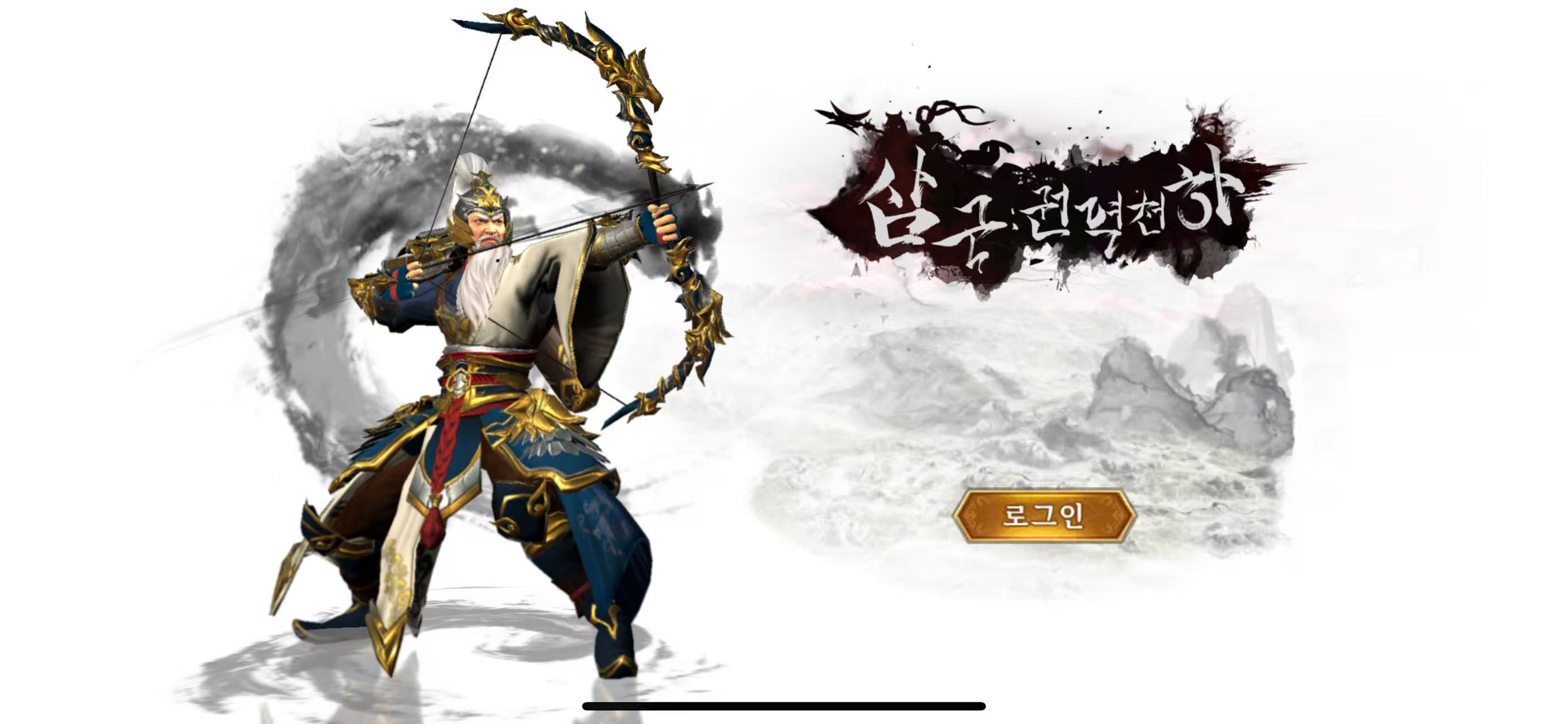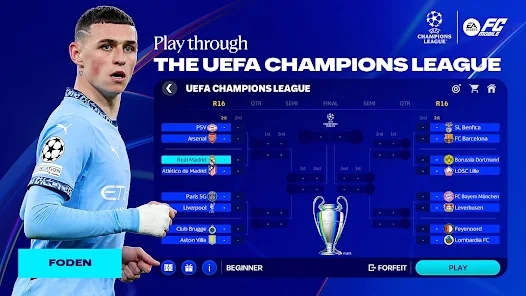Exploring the Evolution of MMORPGs: The Ultimate Experience in PC Games
Massively Multiplayer Online Role-Playing Games (MMORPGs) have come a long way since their inception. They’ve matured into a genre that combines immersive storytelling with social interaction, appealing to millions of gamers worldwide. In this article, we will explore the evolution of MMORPGs, their impact on PC gaming, and whether titles like Clash of Clans signify a new direction for the genre.
The Early Days of MMORPGs
The early days of MMORPGs can be traced back to the text-based MUD (Multi-User Dungeon) games of the late 1970s and 1980s. These proto-MMORPGs allowed players to explore virtual worlds through text commands. As technology evolved, so did the graphics and gameplay mechanics. The 1997 release of Ultima Online marked a significant turning point, introducing a persistent online world where players could interact, trade, and engage in PvP combat.
The Golden Age of MMORPGs
The early 2000s are often referred to as the golden age for MMORPGs, with the release of titles such as World of Warcraft (WoW) and EverQuest II. These games brought incredible graphics, compelling storylines, and expansive worlds to the players. WoW, in particular, set the bar high with its engaging gameplay and community features:
- Raid Encounters: Challenging group content requiring teamwork and strategy.
- Player vs. Player (PvP): Competitive gameplay that adds another layer of excitement.
- Guild Systems: Community building through player-created groups for cooperative play.
The Rise of Free-to-Play Models
With the advent of online gaming, many developers started to explore free-to-play (F2P) models as a way to attract a broader audience. Games like Guild Wars 2 and Star Wars: The Old Republic adapted these models, allowing players to access a significant portion of the game for free, generating revenue through microtransactions. This shift opened the genre to a diverse player base and led to innovative game design strategies.
Mobile Gaming and MMORPGs
The rise of mobile gaming has also influenced the MMORPG landscape. Titles such as Clash of Clans and other mobile-friendly experiences have introduced new audiences to gaming. While traditional MMORPGs often require a significant time investment, mobile games offer a more casual entry point. However, there’s been a persistent question: Is this the last civil war game?, as developers aim to innovate and retain player interest in a saturated market.
| MMORPG Title | Release Year | Features |
|---|---|---|
| Ultima Online | 1997 | First persistent world |
| World of Warcraft | 2004 | Engaging community, raids |
| Guild Wars 2 | 2012 | Dynamic events and free-to-play |
The Future of MMORPGs
As we look ahead, the future of MMORPGs appears promising yet challenging. Game developers are tasked with meeting the high expectations of players and adapting to the rapid technological advancements. Virtual reality (VR) and augmented reality (AR) technologies could revolutionize how we immerse ourselves in these worlds. Games could allow players to experience stories in even more intimate ways.
Key Points to Consider
- Community Building: The social aspect of MMORPGs continues to be a driving force in player retention and engagement.
- Storytelling Evolution: As technology evolves, so will the complexity of narrative arcs within MMORPGs.
- Monetization Strategies: More games will explore F2P and subscription models to maximize revenue.
Conclusion
MMORPGs have transformed from simple text-based games to complex ecosystems that offer intricate worlds filled with adventure and friendships. The genre continues to evolve, blending traditional elements with innovations from mobile and VR gaming. Developers are challenged to innovate while ensuring community engagement remains at the heart of the gaming experience. As players, we can look forward to a rich future in MMORPGs that increasingly blurs the lines between gaming and reality.



